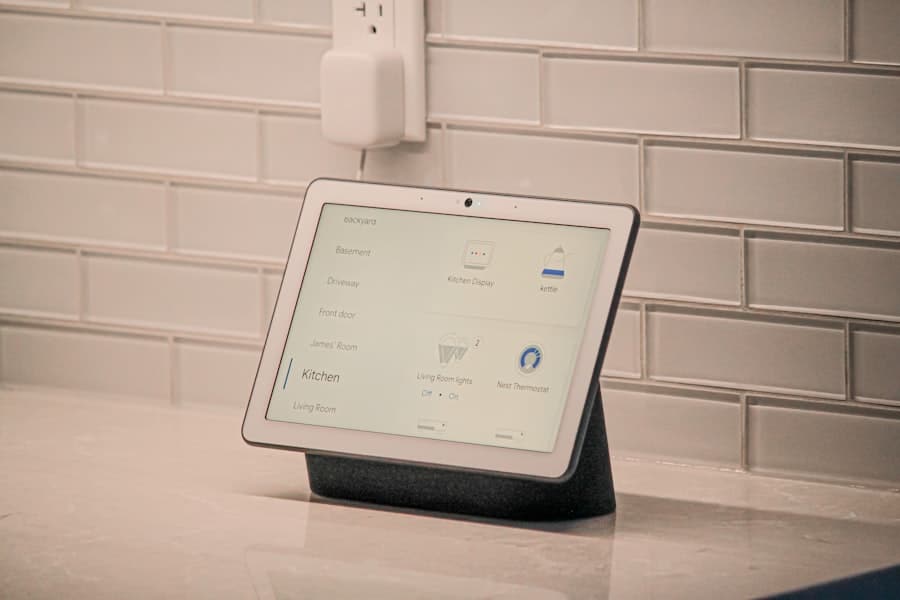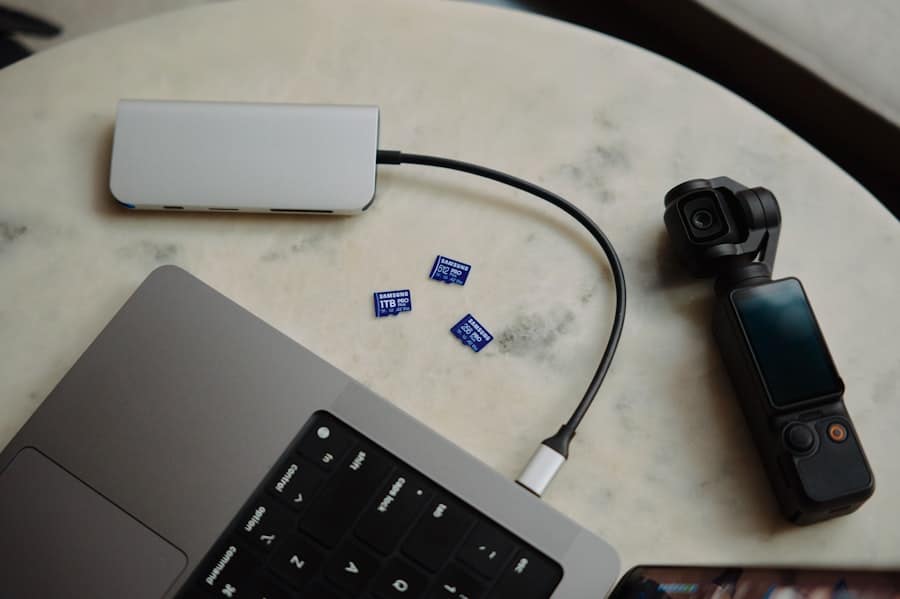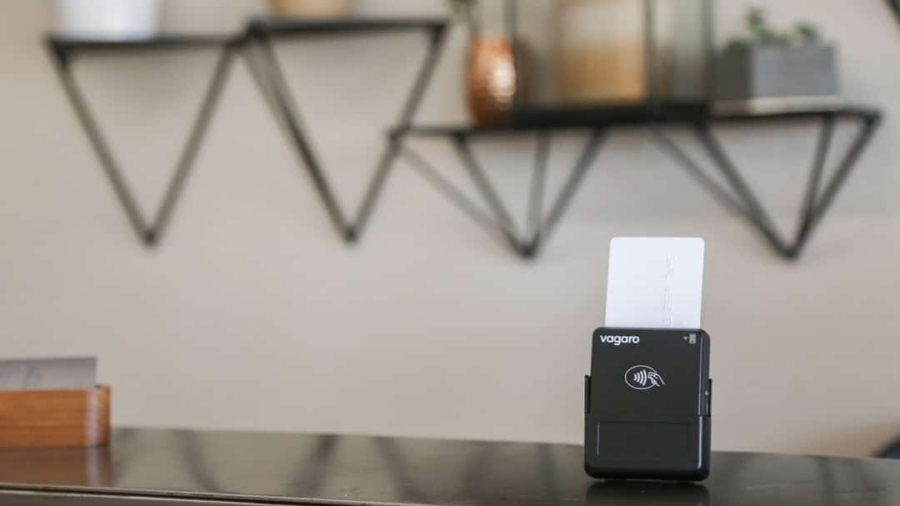The advent of smart home technology has revolutionized the way we interact with our living spaces. Smart home devices, ranging from smart speakers and thermostats to security cameras and lighting systems, rely heavily on connectivity to function effectively. At the core of this connectivity is the Internet, which allows devices to communicate with each other and with users remotely.
Understanding how these devices connect is crucial for troubleshooting any issues that may arise. Most smart home devices utilize Wi-Fi networks to establish a connection, but some may also use Bluetooth, Zigbee, or Z-Wave protocols. Each of these technologies has its own advantages and limitations, influencing how devices interact within a smart home ecosystem.
Wi-Fi is the most common method for connecting smart home devices due to its widespread availability and high data transfer rates. However, the reliance on Wi-Fi can lead to connectivity issues if the network is unstable or overloaded. In contrast, protocols like Zigbee and Z-Wave are designed specifically for low-power, low-bandwidth applications, making them ideal for devices that require constant communication without draining battery life.
Understanding these connectivity options is essential for optimizing the performance of smart home devices and ensuring seamless integration within a smart home network.
Key Takeaways
- Smart home devices connect to the internet through Wi-Fi or other wireless protocols
- Check Wi-Fi signal strength and internet connection speed for optimal device performance
- Ensure smart home devices are compatible with your existing network and other devices
- Regularly update device firmware to ensure security and performance improvements
- Reset devices and routers as a troubleshooting step for connectivity issues
- Reconfigure device settings and network connections as needed for smooth operation
- Seek technical support from manufacturers or service providers for complex connectivity issues
- Prevent future connectivity issues by keeping devices updated and maintaining a strong network signal
Checking Wi-Fi and Internet Connection
When faced with connectivity issues in a smart home setup, the first step is to check the Wi-Fi and internet connection. A stable internet connection is vital for the proper functioning of most smart devices, as they often rely on cloud services for features such as remote access and updates. Begin by verifying that your router is powered on and functioning correctly.
This can be done by checking the indicator lights on the device; typically, a solid green light indicates a healthy connection, while a red or blinking light may signal an issue. Next, it’s important to test the internet connection itself. This can be accomplished by using a smartphone or computer to access a website or run a speed test.
If the internet is down or performing poorly, it may be necessary to restart the modem and router. Unplugging these devices for about 30 seconds before plugging them back in can often resolve temporary connectivity issues.
If the internet connection is stable but smart devices are still not responding, further investigation into device-specific settings may be required.
Ensuring Smart Home Device Compatibility

Compatibility is another critical factor in ensuring that smart home devices function correctly within a network. Not all smart devices are created equal; they may operate on different protocols or require specific apps for control. Before purchasing new devices, it’s essential to verify that they are compatible with your existing smart home ecosystem.
This includes checking whether they can connect to your Wi-Fi network and if they are supported by your preferred smart home platform, such as Google Home, Amazon Alexa, or Apple HomeKit. For instance, if you have a smart speaker that operates on Zigbee but want to add a new smart bulb that only supports Wi-Fi, you may encounter difficulties in integrating these devices. In such cases, using a hub that supports multiple protocols can bridge the gap between incompatible devices.
Additionally, manufacturers often provide compatibility lists on their websites or in product documentation, which can be invaluable when planning your smart home setup. Ensuring compatibility not only enhances functionality but also simplifies the user experience by allowing for centralized control of all devices.
Updating Smart Home Device Firmware
Firmware updates are essential for maintaining the performance and security of smart home devices. Manufacturers frequently release updates to fix bugs, improve functionality, and enhance security features. Failing to keep devices updated can lead to vulnerabilities that may be exploited by malicious actors or result in diminished performance over time.
To check for firmware updates, users typically need to access the device’s companion app or web interface. For example, many smart cameras require users to log into their respective apps to check for available updates. Once an update is found, following the prompts to install it is usually straightforward.
However, it’s important to ensure that the device remains powered on and connected to the internet during this process to avoid any interruptions that could lead to malfunctioning devices. In some cases, automatic updates may be enabled by default; however, users should periodically verify that their devices are running the latest firmware version to ensure optimal performance.
Resetting Smart Home Device and Router
If connectivity issues persist despite checking the internet connection and ensuring compatibility, resetting the smart home device and router may be necessary. A reset can clear any temporary glitches or misconfigurations that could be causing problems. Most smart devices have a reset button that can be pressed using a pin or paperclip; holding this button for a specified duration typically restores factory settings.
Resetting the router can also help resolve connectivity issues. This process involves unplugging the router from its power source and waiting for about 30 seconds before plugging it back in. After resetting both the device and router, users will need to reconfigure their settings and reconnect the device to the Wi-Fi network.
This step can often resolve persistent connectivity problems that other troubleshooting methods have failed to address.
Reconfiguring Smart Home Device Settings

Once a smart home device has been reset, reconfiguring its settings is essential for restoring functionality. This process usually involves downloading the device’s companion app if it hasn’t been installed already. After launching the app, users will typically need to create an account or log in if they already have one.
The app will guide users through the setup process, which often includes connecting the device to Wi-Fi and customizing settings according to personal preferences. During this reconfiguration phase, it’s crucial to pay attention to any specific requirements outlined in the device’s user manual. For instance, some devices may require users to enter a specific password or select a particular frequency band (2.
5 GHz) during setup. Additionally, users should take this opportunity to explore any advanced settings available within the app, such as scheduling features or integration with other smart home platforms. Properly reconfiguring settings not only restores functionality but also enhances the overall user experience by tailoring the device’s operation to individual needs.
Seeking Technical Support
If all troubleshooting efforts fail to resolve connectivity issues with smart home devices, seeking technical support may be necessary. Most manufacturers offer customer support services through various channels, including phone support, live chat, and email assistance. When reaching out for help, it’s beneficial to provide detailed information about the issue at hand, including any error messages received and steps already taken during troubleshooting.
In addition to manufacturer support, online forums and communities dedicated to smart home technology can be valuable resources for troubleshooting advice. Websites like Reddit or specialized tech forums often have active discussions where users share their experiences and solutions related to specific devices or issues. Engaging with these communities can provide insights that may not be readily available through official support channels.
Preventing Future Connectivity Issues
To minimize future connectivity issues with smart home devices, proactive measures can be taken during both setup and ongoing maintenance. One effective strategy is to ensure that your Wi-Fi network is robust enough to handle multiple connected devices simultaneously. Upgrading your router or investing in a mesh Wi-Fi system can significantly improve coverage and reduce dead zones within your home.
Additionally, regularly monitoring device performance and conducting routine maintenance checks can help identify potential issues before they escalate into significant problems. This includes checking for firmware updates periodically and ensuring that all devices remain connected to the network without interruptions. Implementing strong security practices, such as changing default passwords and enabling two-factor authentication where available, can also protect against unauthorized access that could disrupt connectivity.
By understanding the intricacies of smart home device connectivity and taking proactive steps to maintain a stable network environment, users can enjoy a seamless and efficient smart home experience while minimizing disruptions caused by connectivity issues.
If you’re interested in learning more about optimizing your smart home setup, you might find the article on choosing the right smartphone for your needs particularly insightful. While troubleshooting smart home device connectivity is crucial, having a compatible and efficient smartphone can enhance your overall smart home experience. For more information, check out this related article: How to Choose a Smartphone for Your Girlfriend. This guide provides valuable tips on selecting a smartphone that complements your lifestyle and smart home ecosystem.
FAQs
What are common issues with smart home device connectivity?
Some common issues with smart home device connectivity include Wi-Fi signal strength, network interference, device compatibility, and firmware updates.
How can I troubleshoot Wi-Fi connectivity issues with smart home devices?
To troubleshoot Wi-Fi connectivity issues with smart home devices, you can try moving the device closer to the router, using a Wi-Fi extender, checking for network interference, and ensuring that the Wi-Fi network is stable.
What should I do if my smart home device is not connecting to the network?
If your smart home device is not connecting to the network, you can try power cycling the device, checking for firmware updates, resetting the device to factory settings, and contacting the manufacturer for support.
How can I ensure that my smart home devices are compatible with each other?
To ensure that your smart home devices are compatible with each other, you should check the device specifications and requirements, as well as any compatibility lists provided by the manufacturer.
What are some tips for maintaining a stable smart home network?
Some tips for maintaining a stable smart home network include using a reliable router, updating firmware regularly, minimizing network interference, and using a separate network for smart home devices if possible.

